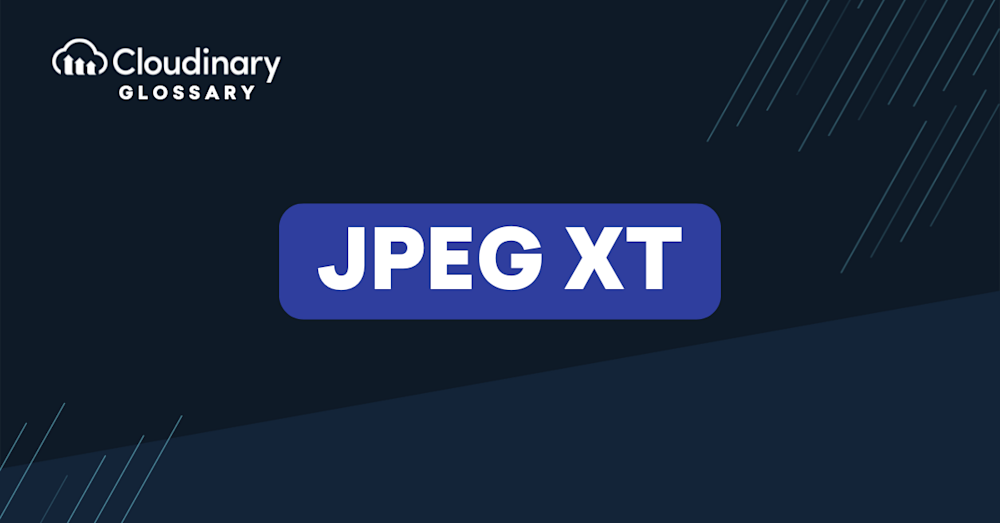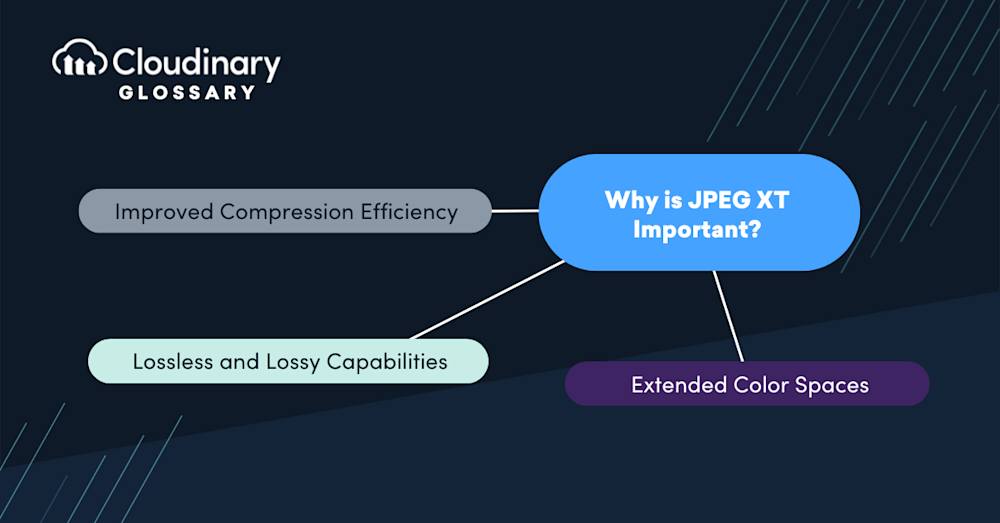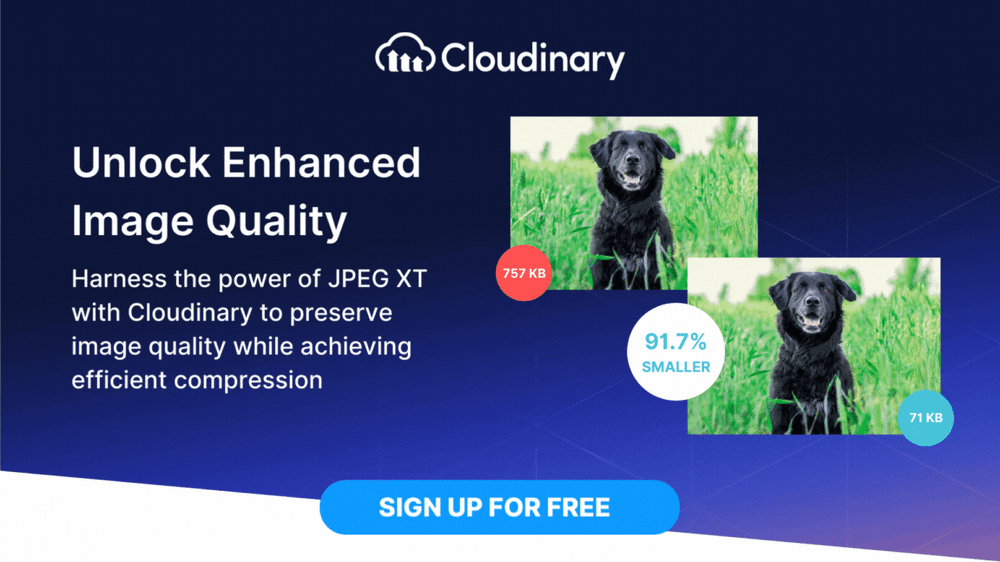What Is JPEG XT?
JPEG XT, short for JPEG extended, is an extended version of the original JPEG image compression standard. It was developed to address the limitations of the traditional JPEG format and provide improved capabilities for storing and transmitting high-quality images. JPEG XT introduces new features, offering better compression efficiency and additional functionalities compared to its predecessor.
Where is JPEG XT Used?
JPEG XT finds applications in various domains, including professional photography, medical imaging, remote sensing, and archival storage. Its versatility allows it to handle various image types, from simple photographs to complex scientific and medical images. JPEG XT’s unique features make it particularly useful in scenarios where high-quality image preservation and lossless compression are critical requirements.
Why is JPEG XT Important?
JPEG XT holds significant importance for image compression and preservation for several reasons:
- Improved Compression Efficiency – JPEG XT utilizes advanced compression techniques, allowing for enhanced compression efficiency compared to traditional JPEG. This results in smaller file sizes without compromising image quality, making it advantageous for image transmission and storage.
- Lossless and Lossy Capabilities – JPEG XT supports both lossy and lossless compression. This flexibility allows users to choose between preserving maximum image quality or achieving higher compression ratios based on their specific requirements.
- Extended Color Spaces – JPEG XT supports extended color spaces, such as High Dynamic Range (HDR) and Wide Color Gamut (WCG). This enables the preservation of a wider range of color and tonal information, resulting in more lifelike and visually appealing images.
Advantages of JPEG XT
JPEG XT, an extension of the traditional JPEG standard, presents itself as a modern solution geared towards enhancing high dynamic range (HDR) imagery and improving compression efficiency. It can bring plenty of advantages with it, but also comes with a few downsides,
- Enhanced Image Quality – The advanced compression techniques employed by JPEG XT ensure that image quality is preserved while achieving efficient compression. This makes it suitable for applications that require high-fidelity image reproduction.
- Versatility – JPEG XT can handle a diverse range of image types, from standard photographs to complex scientific and medical images, making it a valuable format across various fields.
- Compatibility – JPEG XT files can be converted to the standard JPEG format, ensuring backward compatibility with existing software and enabling easy integration with legacy systems.
Disadvantages of JPEG XT
- Limited Adoption – Compared to the traditional JPEG format, JPEG XT has a relatively limited adoption rate in terms of software support and compatibility. However, as awareness about the format increases, support is expected to grow.
- Larger File Sizes – In certain scenarios, JPEG XT may result in larger file sizes compared to traditional JPEG compression, primarily when preserving lossless image quality. This may lead to increased storage requirements and longer upload/download times.
Final Thoughts
JPEG XT represents a significant advancement in image compression technology, catering to the need for improved compression efficiency and extended features. With its ability to deliver enhanced image quality, support for extended color spaces, and versatility across various domains, JPEG XT proves to be an important tool for image compression, archiving, and transmission. While it may have limited adoption and larger file sizes compared to traditional JPEG, its capabilities far outweigh these considerations. As the demand for high-quality, visually rich images grows, JPEG XT plays a crucial role in meeting these evolving needs.
Join Cloudinary today and optimize your image for the best visual experience.
Also, you may want to try our latest tools:





